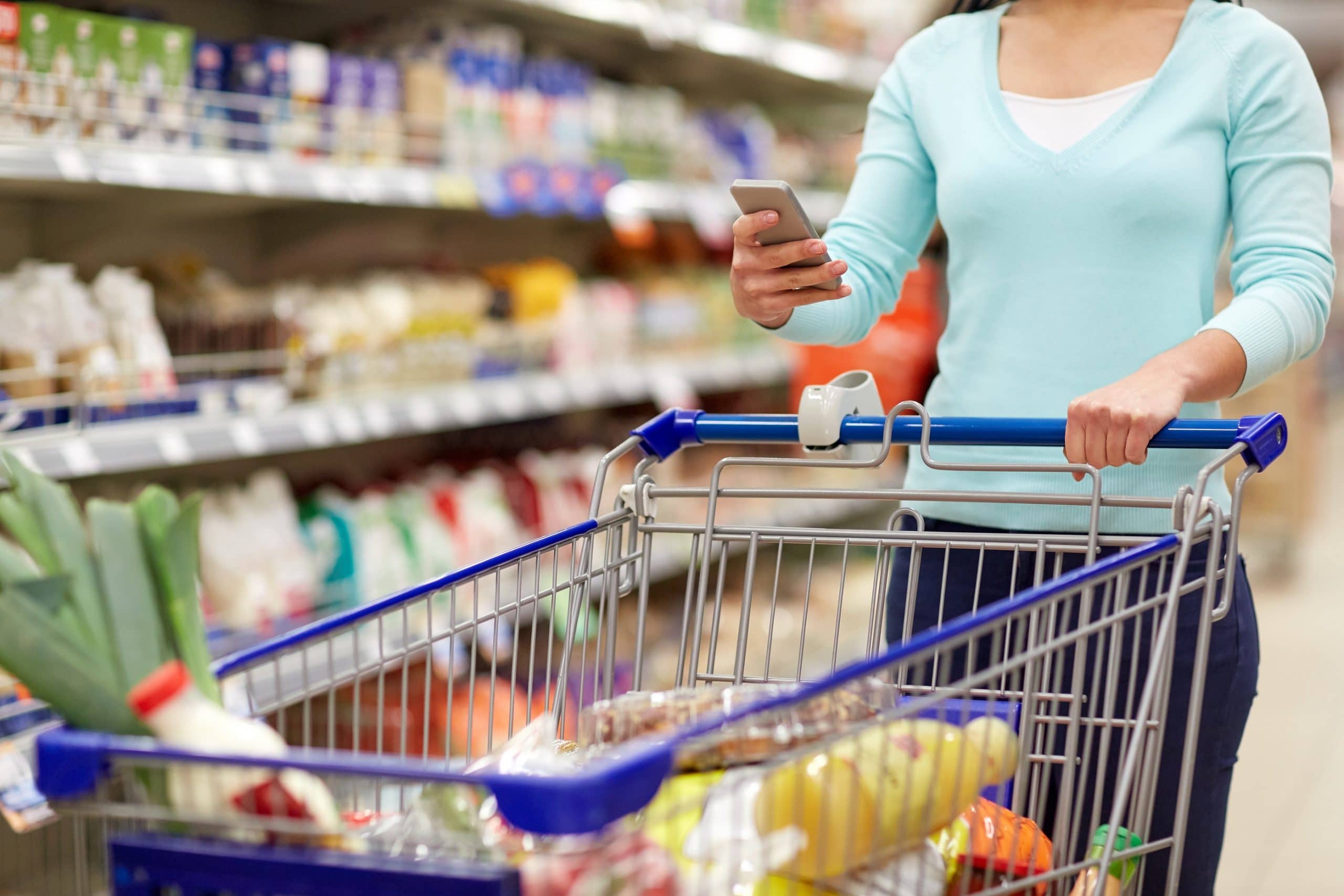Creating a shopper marketing plan for a target audience requires a lot of insight. Brands must be prepared to do a deep dive into their ideal customer data to ensure delivery of messages at the right time, to the right group of consumers. A critical part of this is understanding and working with data.
With the right data, brands can connect with consumers based on their specific needs, as well as reach out to new consumers, or market new products. Data is available on just about every online platform. However, data which travels with consumers—like in the case of mobile shopping apps—can be particularly valuable. Using data helps in guiding brand marketing campaigns, which can, in turn, increase market share.
Deciphering Data for a Shopper Marketing Plan
Brands need to gain insight into their target audiences to create a marketing strategy around shopper behavior, That means finding the most useful, relevant data—the types of which can be broken down into four broad categories.
| Identity | Descriptive | Quantitative | Qualitative |
| This category covers the basics like name, address, email, phone number, and other fundamental identifying factors. | This data goes a bit deeper into identity, breaking down an individual’s socioeconomic class, marital, and family status. | Quantitative data is numbers-based. It’s used to determine how often a consumer makes purchases, how much they spend, and more. | This data is a way of measuring why a customer behaves in a certain way. The qualitative category is mostly subjective and centers on what drives customer purchase decisions. |
Marketers can use first-party data, or data given directly from the consumer to the company, when building a shopper marketing plan. For example, popular e-commerce retailer, Amazon, uses a consumer’s prior history on the shopping platform to provide them with future purchase recommendations. Alternatively, marketers can use third-party data, where available data is used or purchased from outside sources. Shopkick, for example, acts as an intermediary for third-party data because the app provides partnering companies with information regarding its users’ shopping behaviors.
Using Data to Target Shoppers
A good shopper marketing plan focuses on using prior behaviors to predict a shopper’s future purchases. More than a few brands have leveraged this tactic, including:
- Dannon: When Dannon wanted to promote a new line of natural yogurts, the brand had to consider their existing audience, which was made up primarily of older individuals who spent more time watching television than they did on digital media. As a means of creating a digital bridge for younger customers, Dannon offered a promo code during its TV commercials, which when sent via text, delivered mobile coupons for the new product.
- Pringles: When the brand wanted to create a new marketing campaign, they turned to social media data to help them locate trends surrounding their products. When doing so, they discovered many consumers were “stacking” flavors together to create new ones. This data led to the highly popular Flavor Stacking campaign, which leveraged an existing trend to create a unique experience for customers.
- Covergirl: Covergirl, along with many experts within the cosmetics industry, have noticed an increased trend of men using beauty products like bronzer, eyeliner, and brow gel, among others. The brand began hiring male models and cosmetics spokespeople in 2016, and since has continued with an inclusive focus on male cosmetics users to reach this emerging demographic.
 In all of these scenarios, brands recognized emerging trends by looking at both their existing data, as well as industry data. These strategies help brands reach new demographics as they’re taking shape, allowing them to cement themselves in before these trends go mainstream. A significant part of capitalizing on emerging trends is partnering with the right companies in order to gain access to third-party data.
In all of these scenarios, brands recognized emerging trends by looking at both their existing data, as well as industry data. These strategies help brands reach new demographics as they’re taking shape, allowing them to cement themselves in before these trends go mainstream. A significant part of capitalizing on emerging trends is partnering with the right companies in order to gain access to third-party data.
Accessing Third-Party Data to Build a Shopper Marketing Plan
While there are a plethora of opportunities in third-party data available to marketers, not all are equal. Some data may be able to provide necessary identity information. However, third-party shopping apps that connect with consumers in the shopping aisle can provide a greater array of information across the four data categories.
In many cases, brands can gain access to this data by partnering with outside companies, rather than merely purchasing this data. Partnering is often a better option, as it allows brands to continuously gather new information over time, which they can then use in conjunction with future marketing strategies. Other options include reviewing publicly available information on social media and other online platforms. Though, brands would do best to partner with a company experienced in gathering this data to ensure the process doesn’t become unwieldy.
Data is an essential part of a shopper marketing plan as it allows brands to get to know their audiences, capitalize on current trends, and increase the ROI of their marketing campaigns.
Data is an essential part of a shopper marketing plan as it allows brands to get to know their audiences, capitalize on current trends, and increase the ROI of their marketing campaigns. By partnering with third-party apps, these brands can open the lines of communication with consumers and ensure they’re delivering an excellent customer experience. This data doesn’t just help brands target current demographics, but also discover new ones and, with the right campaigns, grow their market share.
With Shopkick, our partners gain greater insight into their target audiences, enabling them to convert browsers to buyers. For more information, contact us.
Image courtesy of VectorKnight



